Zamiast choinki cyprys 'Goldcrest Wilma' BEZ OGRÓDEK blog ogrodniczy
Phonetic Spelling THU-ya ply-KAY-tuh Description. Western redcedar is a woody, needled evergreen tree in the cypress family (Cupressaceae) native to Alaska and the Pacific Northwest of the United States.
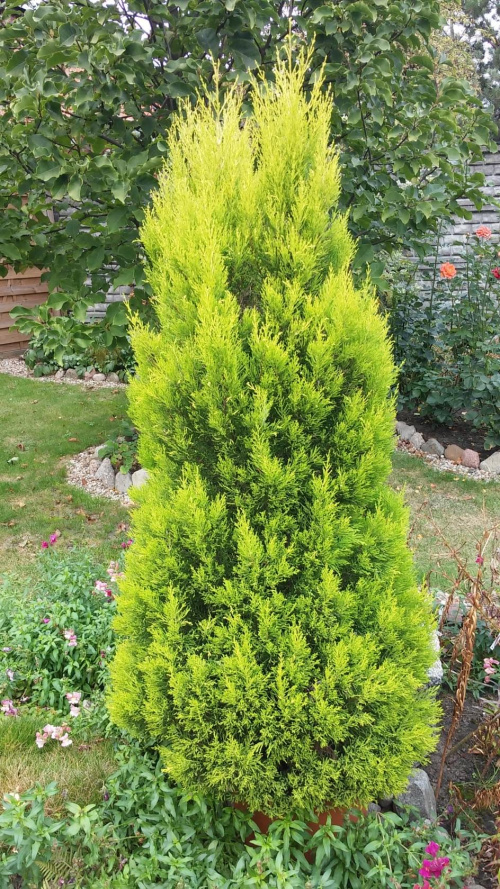
Zobacz wątek Tuja czy cyprys?
But Consider the Climate. "Green Giant" tolerates cold better than the Leyland cypress, but the latter tolerates heat better than the former. "Green Giant" is hardy in U.S. Department of Agriculture plant hardiness zones 5 through 8, and the Leyland cypress is hardy in USDA zones 6 through 10. Once established, the Leyland cypress can tolerate.

CYPRYS IGLAK TUJA SZTUCZNA (1003.1) bez doniczki Kompozycje kwiatowe
Leyland cypress trees also bear small green cones that are as small as .75 inches or as large as 9 inches long. Thuja 'Green Giant' has vibrant green, scale-like foliage, which has a textured appearance. Compared to the Leyland cypress, the green giants appear to be very dense and bright green.

Żywotnik Wschodni (Thuja) AUREA NANA odmiana karłowa
Phonetic Spelling THU-ya ock-sih-den-TAH-liss Description. American arborvitae is a woody, needled evergreen tree in the cypress family (Cupressaceae) that is native to eastern and central Canada and the eastern and north-central portions of the United States.

Cyprys domowy czyli Iglaki domowe nie tylko na święta! eogrody
Thuja occidentalis, also known as northern white-cedar, eastern white-cedar, or arborvitae, is an evergreen coniferous tree, in the cypress family Cupressaceae, which is native to eastern Canada and much of the north-central and northeastern United States. It is widely cultivated as an ornamental plant. It is not to be confused with Juniperus virginiana (eastern red cedar). . Common names. Its.

CYPRYS IGLAK TUJA SZTUCZNA (1003.1) bez doniczki Kompozycje kwiatowe
This is the largest tree in the cypress family, growing in its native habitat to 100-200' tall and living from 400 to 1000+ years. It features horizontal branching with sprays of scale-like dark green foliage that is aromatic when crushed. Fibrous, aromatic, reddish-brown bark. Small, upright, light brown seed cones (to 1/2" long).

Arborvitae Iglaste Chamaecyparis lawsoniana Roślina ozdobna Fałszywy
Ihličie má žltej (zlatistej) farby. Výborne znáša strihanie. Udržuje si žltú farbu aj počas zimného obdobia. Cypruštek leylandský Zlatý Jazdec. Výška dreviny (cm) Cena za 1 ks (€) K 60/80. 7,50 €. K 100/125.

Chamaecyparis pisifera 'Baby Blue' Roupas da moda para adolescente
Ale od lat też mam z tym problem. I jeszcze jedno: tuja bardziej lubi wilgoć, niż cyprysik - te rzeczywiście lubią chorować wskutek nadmiernej wilgoci. Dostępne w wersji mobilnej. Poleć znajomemu Dodaj do kontaktów Dodaj do ulubionych. 21-10-2005 22:11 #10.
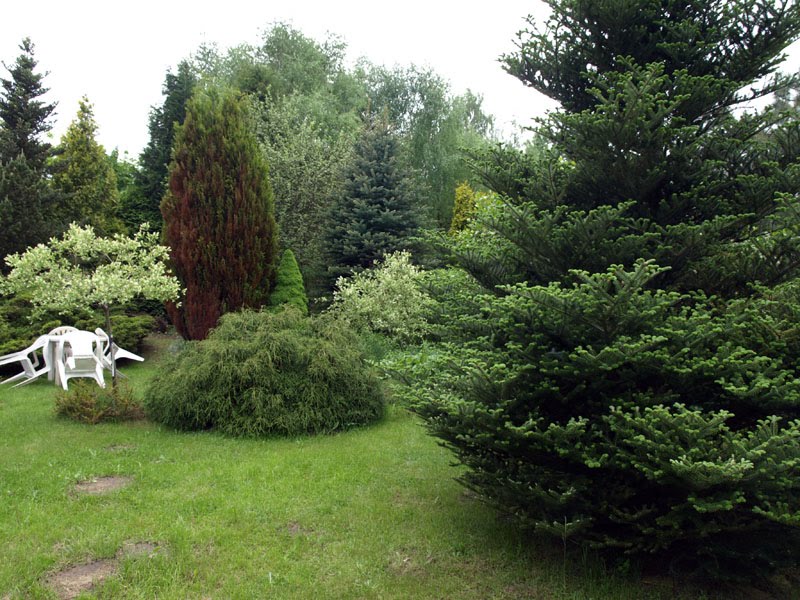
Chyba komuś się zapomniało, że rośliny rosną i trzeba je przycinać.
Tuja: Cyprys: Rośnie na środkowym pasie: Korzystny klimat - podzwrotnikowy: Szyszki są owalne: Szyszki okrągłe lub wydłużone: Igły na gałęziach - w jednej płaszczyźnie

Cyprysik Lawsona ‘Ivonne’
Tuja i cyprys: różnice między drzewami i jaka jest między nimi różnica, porównanie
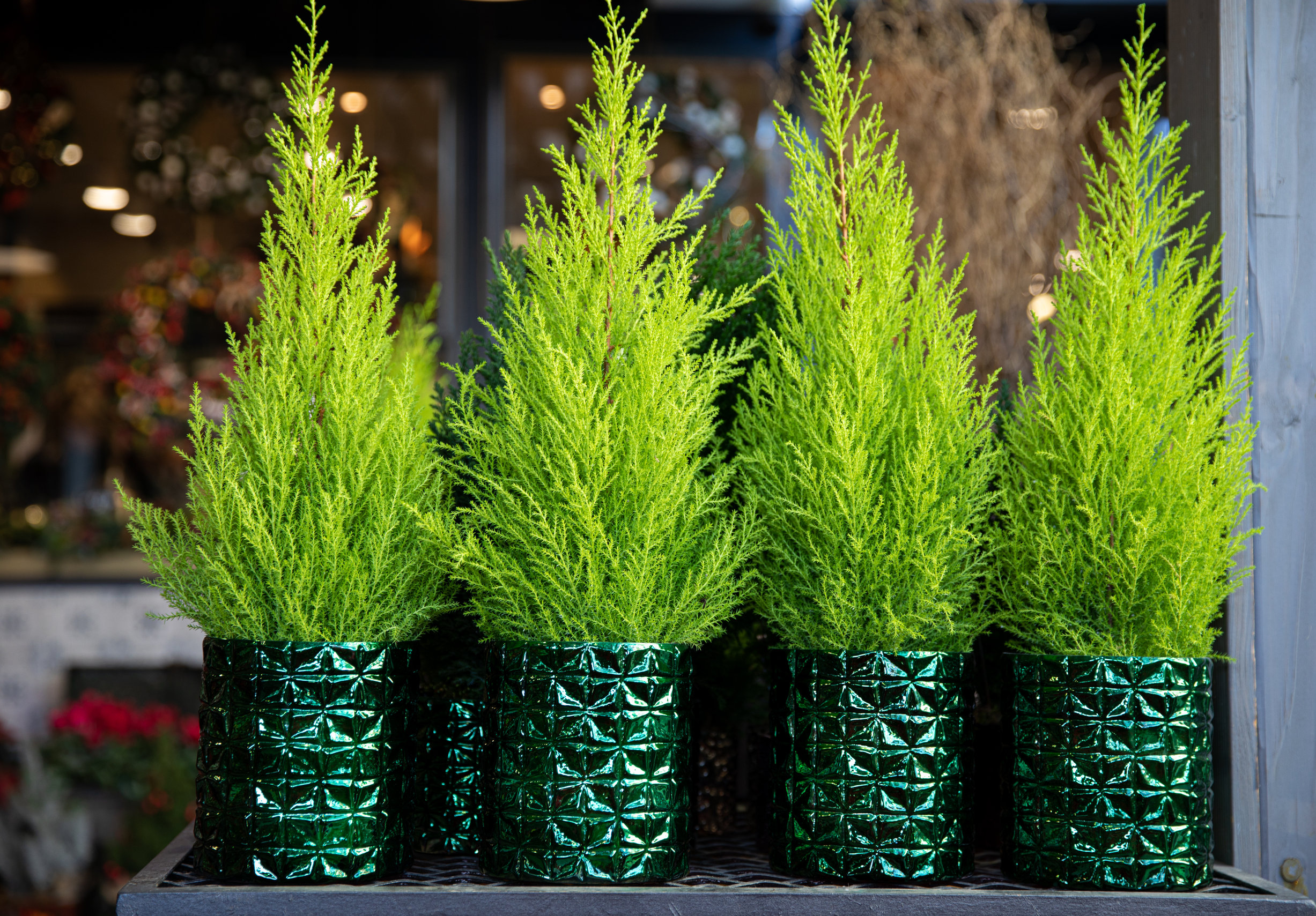
Cyprys w doniczce. Rozmnażanie, pielęgnacja, szkodniki i choroby
Yet, the Green Giant can reach a full 30ft taller, and 6ft wider, than a Leyland cypress. The Leyland displays elegant, evergreen branches, laced with sprays of blue-green needles and small berries. While emitting a spicy, woody scent. The Green Giant is a conifer that presents soft, "braided" fronds of deep green and a denser growing habit.
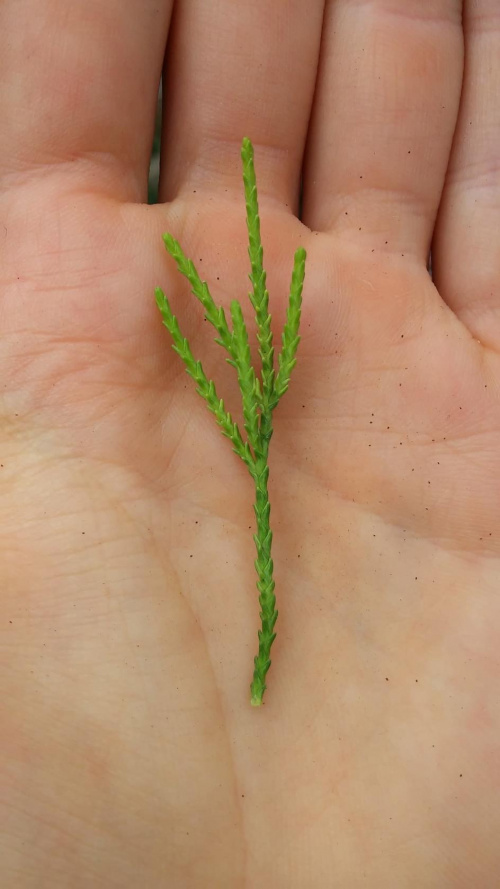
Tuja czy cyprys? Ogrodniczo Działkowe Forum
If we consider trees from a decorative point of view, then it is impossible to ignore such species as thuja and cypress. These trees, as a rule, are used as a decorative hedge, with their help they decorate the facades of buildings and structures.
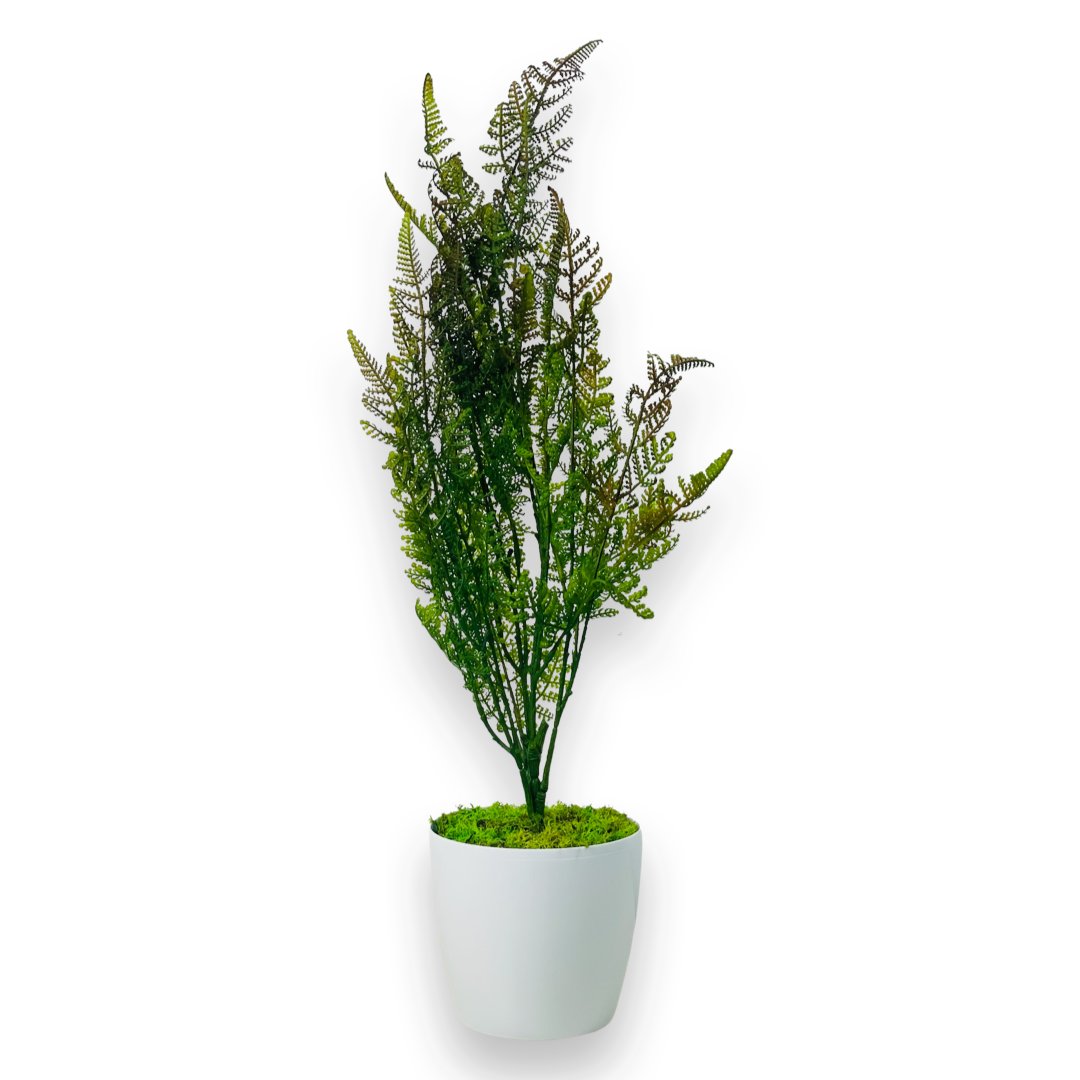
CYPRYS TUJA DONICZKOWA ZIELONOBRĄZOWY KWIATEK DONICZKOWY 75 CM
Thuja (/ ˈ θj uː dʒ ə / THEW-jə) is a genus of coniferous tree or shrub in the Cupressaceae (cypress family). There are five species in the genus, two native to North America and three native to eastern Asia. The genus is monophyletic and sister to Thujopsis.Members are commonly known as arborvitaes (from the Latin term for 'tree of life'), thujas or cedars.
Cyprys Lawsona, Tuja mega duże, ogromne 7 METRÓW, 20 LAT !!! Grójec
Thuja 'Green Giant' sometimes grows much taller, however, with some specimens reaching 100 feet tall. Both trees have a pyramidal form, but a Leyland cypress is thinner, with branches spreading to a width of 10 to 15 feet, while a 'Green Giant' plumps out to 20 feet. Both trees have deep green foliage with flattened sprays growing on ascending.
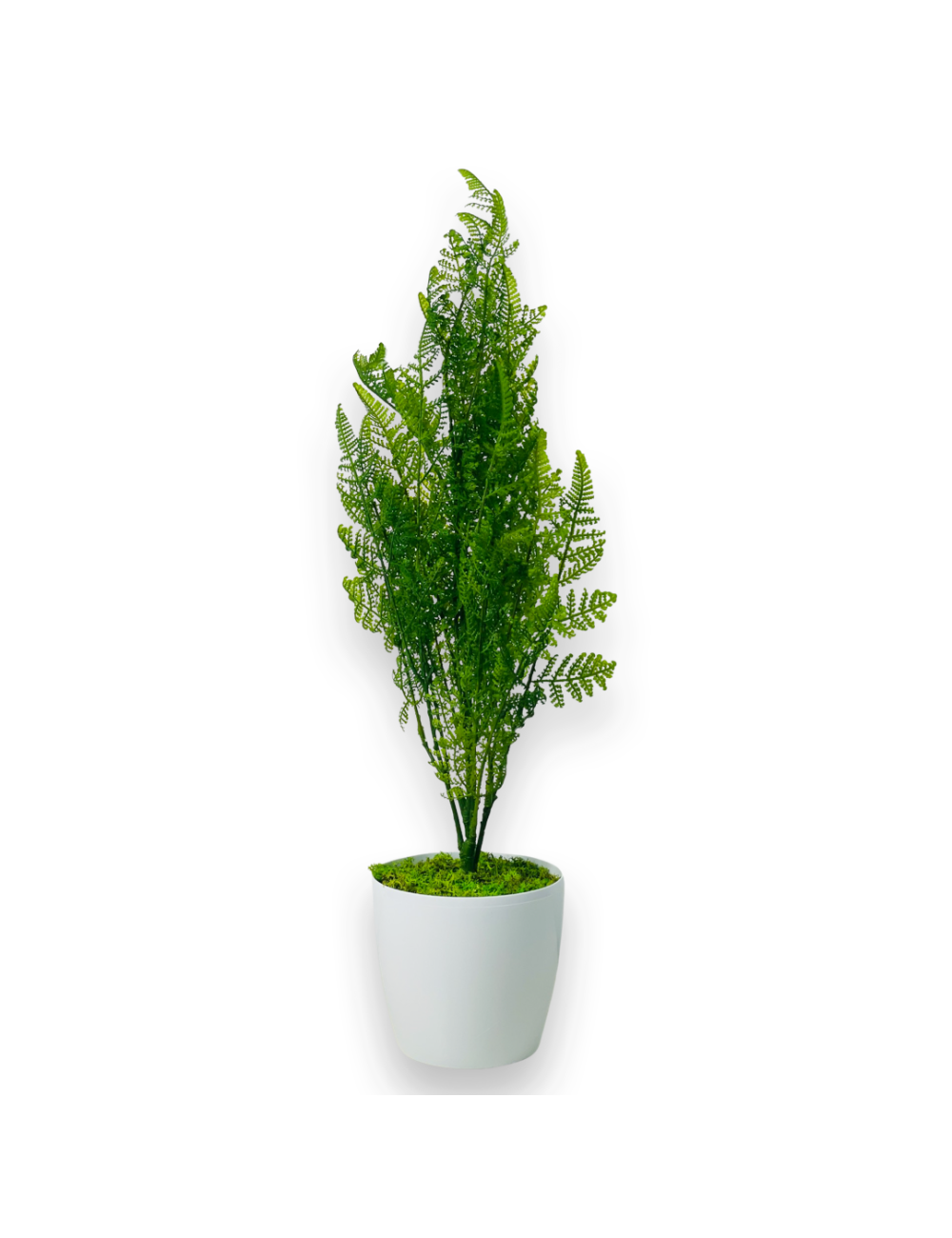
Cyprys tuja doniczkowa, zielony kwiatek doniczkowy 75 cm
The Thuja Green Giants, which are often referred to as Green Giant Arborvitaes, are the result of a Thuja Standishi and Thuja Plicata cross-pollinating.As a result of this cross, Green Giants have light, feathery foliage and a quick growth rate. Their fast growth rate makes them a must-have where instant privacy is needed.. Thuja wood has commonly been used to make fences and instruments.

Cyprysik nutkajski eogrody Rośliny
Thuja isn't the most elegant conifer but it does truly excel in cutting off the view for intrusive onlookers.. Key facts about thuja. Name - Thuja Often misspelled as - Thuya Family - Cupressaceae. Type - conifer, evergreen hedge Height - up to 65 feet (20 meters) Exposure - full sun to shade. Soil - ordinary, well drained - Foliage - evergreen